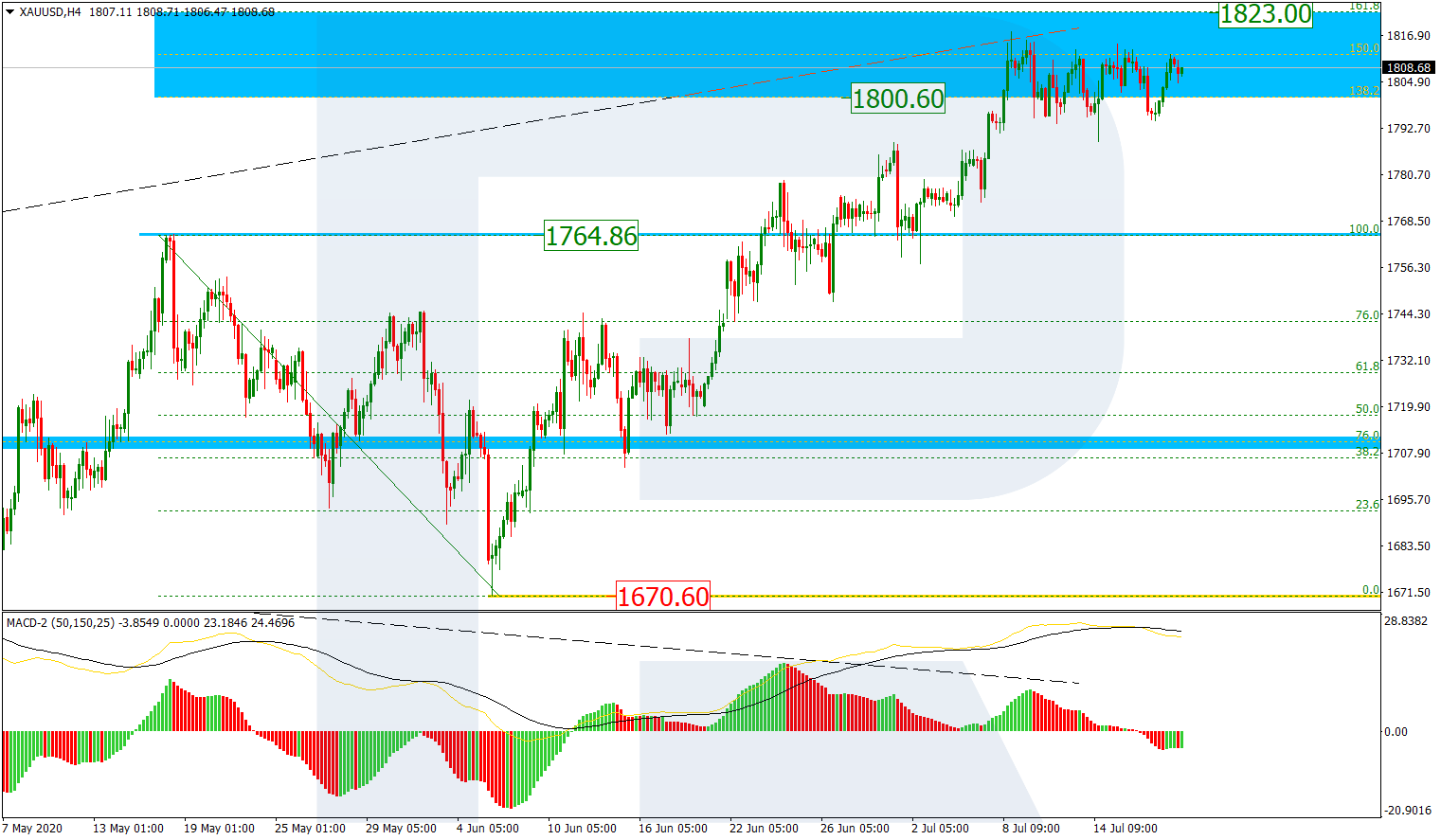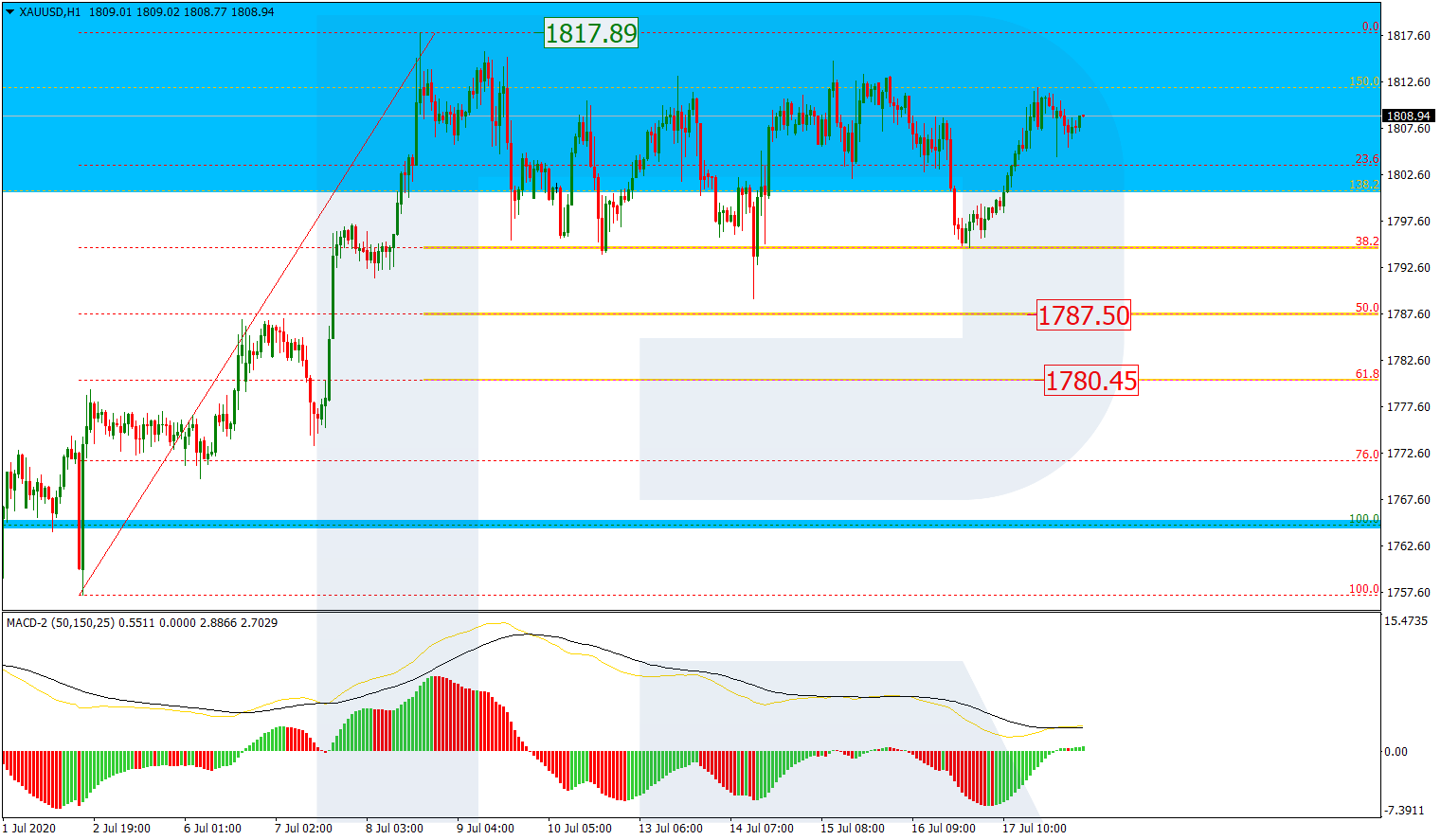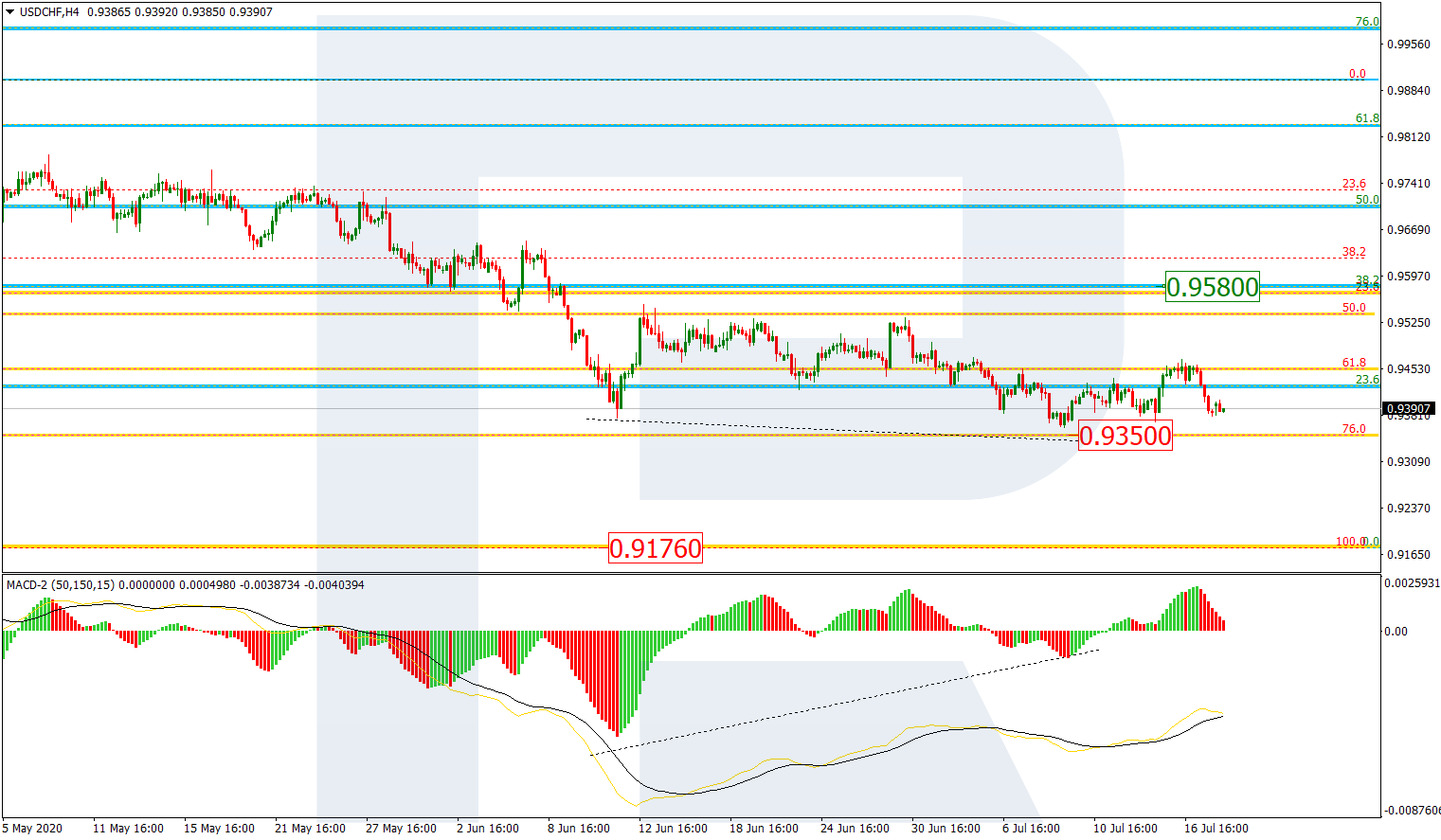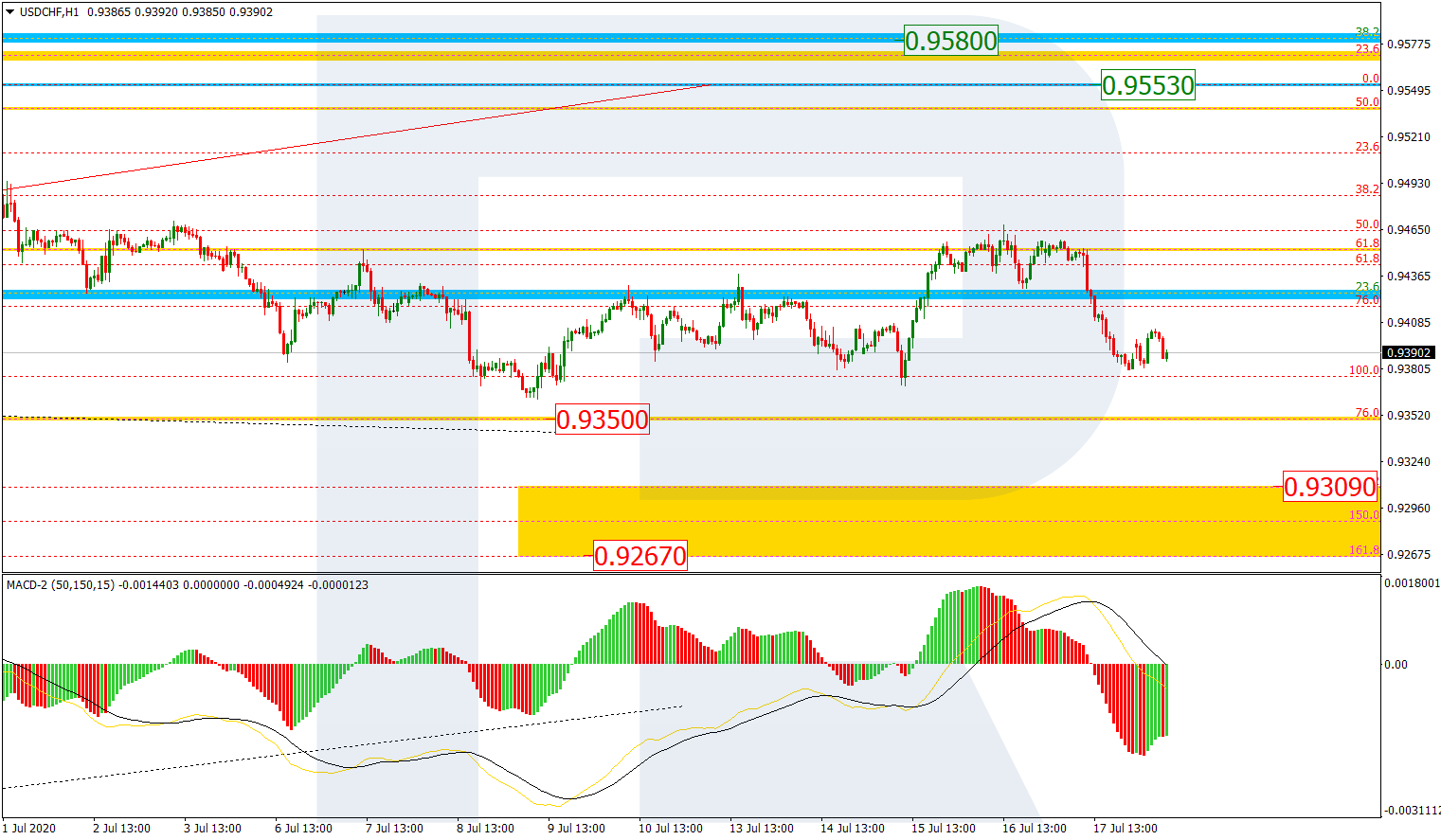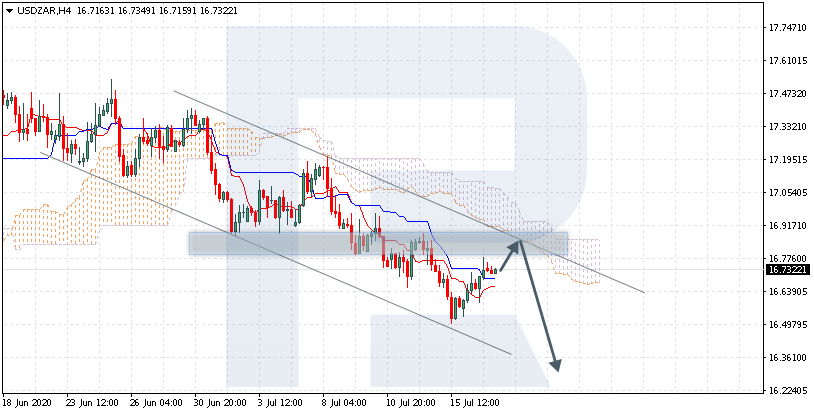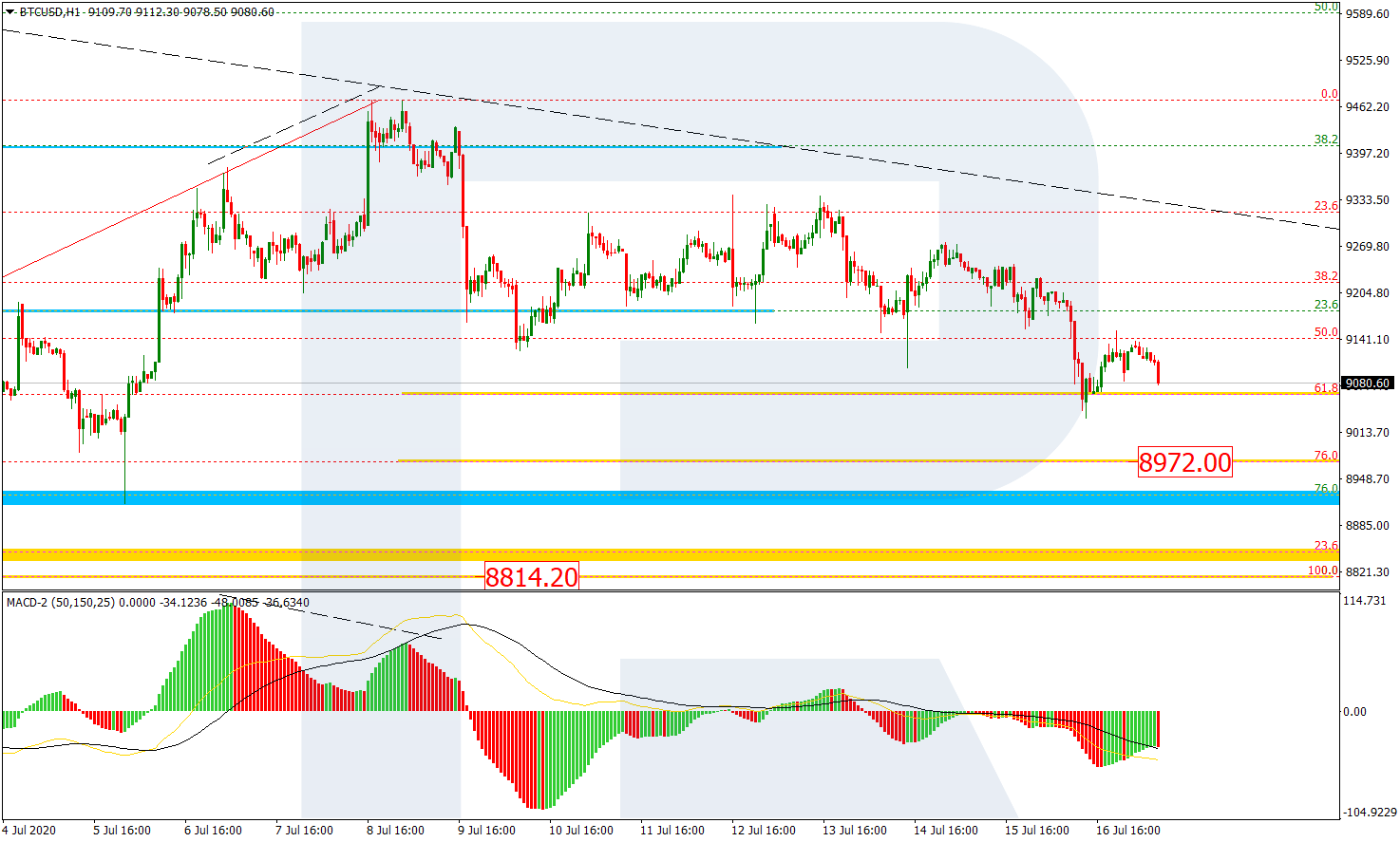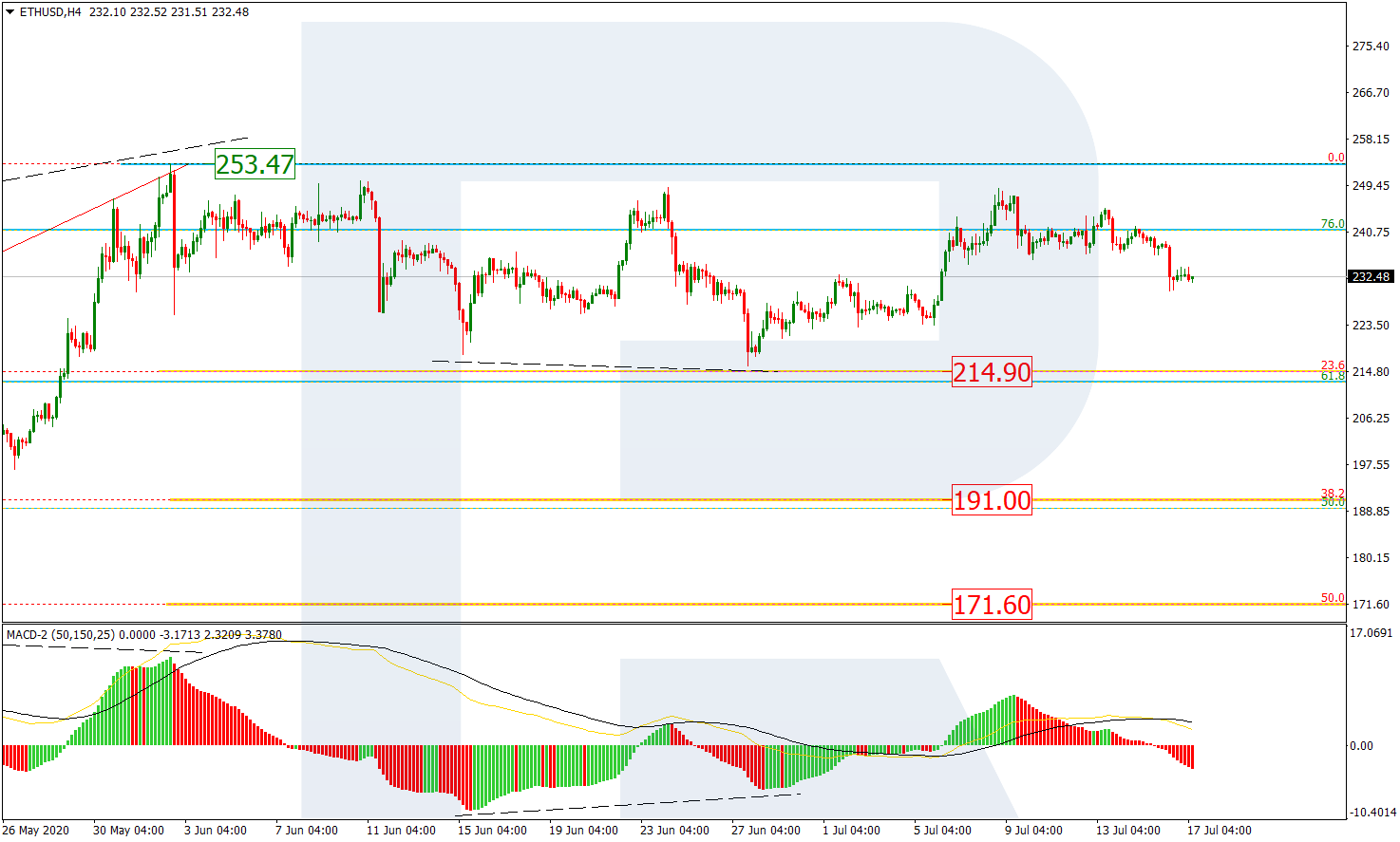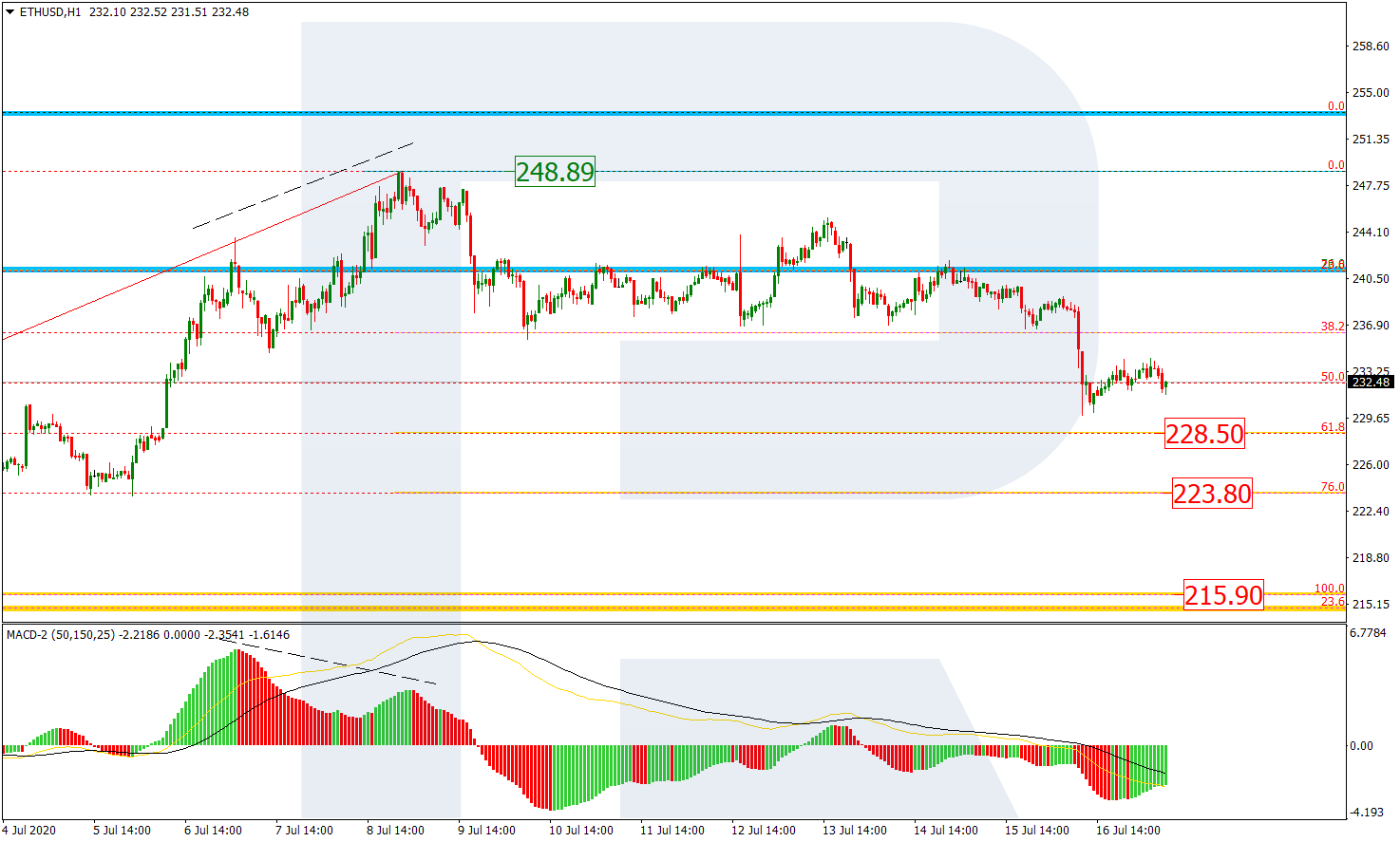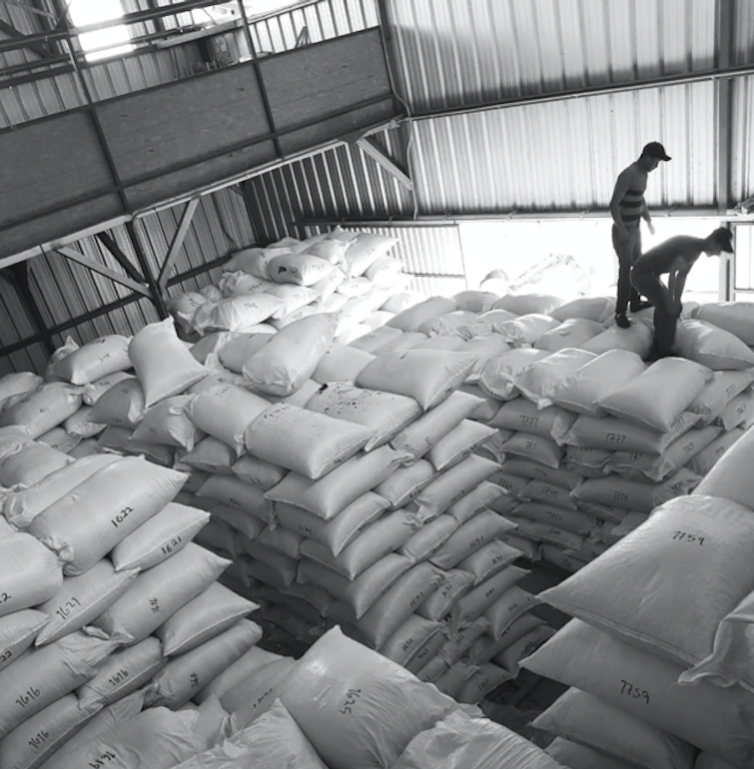by JustForex
The EUR/USD currency pair
- Prev Open: 1.13833
- Open: 1.14102
- % chg. over the last day: +0.13
- Day’s range: 1.14075 – 1.14678
- 52 wk range: 1.0777 – 1.1494
The bullish sentiment continues to prevail on the EUR/USD currency pair. The trading instrument has updated its local highs again. The euro found resistance at 1.1470. The 1.1435 mark is already a “mirror” support. Financial markets are still under pressure due to the rapid increase in the number of people infected with coronavirus. At the moment, investors are focused on the EU summit in Brussels, where the leaders of the countries discuss the bloc’s budget for 2021-2027. We recommend opening positions from key levels.

Indicators signal the power of buyers: the price has fixed above 50 MA and 100 MA.
The MACD histogram is in the negative zone, which indicates the bullish sentiment.
Stochastic Oscillator is located near the overbought zone, the %K line has crossed the %D line. There are no signals at the moment.
- Support levels: 1.1435, 1.1410, 1.1370
- Resistance levels: 1.1470, 1.1500
If the price fixes above 1.1470, further growth in EUR/USD quotes is expected. The movement is tending to 1.1500-1.1520.
An alternative could be a decrease in the EUR/USD currency pair to 1.1400-1.1370.
The GBP/USD currency pair
- Prev Open: 1.25519
- Open: 1.25530
- % chg. over the last day: +0.01
- Day’s range: 1.25181 – 1.25943
- 52 wk range: 1.1466 – 1.3516
The technical pattern on the GBP/USD currency pair is still ambiguous. The British pound is being traded in a flat. Investors expect additional drivers. At the moment, the local support and resistance levels are 1.2570 and 1.2600, respectively. The trading instrument is tending to decline. Positions should be opened from key levels.
The news feed on the UK economy is calm.

The indicators do not give accurate signals: the price has crossed the 50 MA and 100 MA.
The MACD histogram is near the 0 mark. There are no signals at the moment.
Stochastic Oscillator is in the overbought zone, the %K line is above the %D line, which gives a weak signal to buy GBP/USD.
- Support levels: 1.2570, 1.2520, 1.2485
- Resistance levels: 1.2600, 1.2625, 1.2665
If the price fixes below 1.2570, GBP/USD quotes are expected to fall. The movement is tending to 1.2530-1.2500.
An alternative could be the growth of the GBP/USD currency pair to 1.2625-1.2660.
The USD/CAD currency pair
- Prev Open: 1.35659
- Open: 1.35690
- % chg. over the last day: +0.02
- Day’s range: 1.35645 – 1.35999
- 52 wk range: 1.2949 – 1.4668
USD/CAD quotes are consolidating. There is no defined trend. The loonie is testing the following key support and resistance levels: 1.3560 and 1.3600, respectively. Financial market participants expect additional drivers. We recommend paying attention to the dynamics of “black gold” prices. Positions should be opened from key levels.
The news feed on Canada’s economy is calm.

Indicators do not give accurate signals: the price has crossed the 50 MA and 100 MA.
The MACD histogram is near the 0 mark.
Stochastic Oscillator is in the neutral zone, the %K line is below the %D line, which gives a signal to sell USD/CAD.
- Support levels: 1.3560, 1.3540, 1.3520
- Resistance levels: 1.3600, 1.3625, 1.3645
If the price fixes above 1.3600, further growth in USD/CAD quotes is expected. The movement is tending to 1.3625-1.3645.
An alternative could be a decrease in the USD/CAD currency pair to 1.3530-1.3500.
The USD/JPY currency pair
- Prev Open: 107.214
- Open: 107.092
- % chg. over the last day: -0.25
- Day’s range: 107.013 – 107.543
- 52 wk range: 101.19 – 112.41
There are high trading activity and volatility on the USD/JPY currency pair. At the moment, the trading instrument is being consolidated. Local support and resistance levels are 107.10 and 107.30, respectively. USD/JPY quotes have the potential for further growth. Investors expect additional drivers. We recommend paying attention to the dynamics of the US government bonds yield. Positions should be opened from key levels.
Japan has published weak data on the trade balance for June.

Indicators do not give accurate signals: the price has crossed the 50 MA and 100 MA.
The MACD histogram is in the positive zone, which gives a signal to buy USD/JPY.
Stochastic Oscillator is in the oversold zone, the %K line has crossed the %D line. There are no signals at the moment.
- Support levels: 107.10, 106.95, 106.80
- Resistance levels: 107.30, 107.40, 107.60
If the price fixes below 107.10, USD/JPY quotes are expected to fall. The movement is tending to 106.80-106.60.
An alternative could be the growth of the USD/JPY currency pair to 107.50-107.70.
by JustForex
